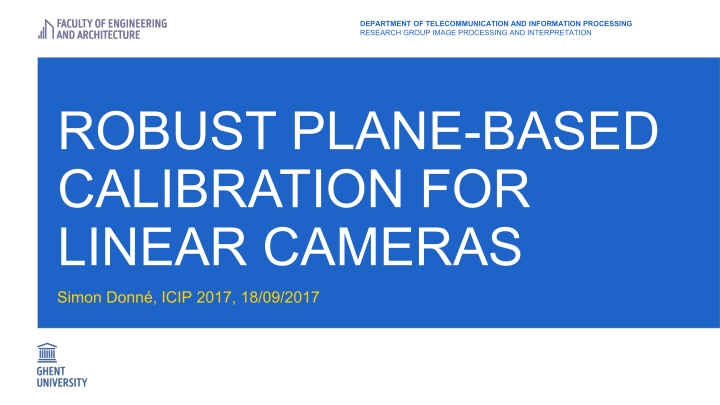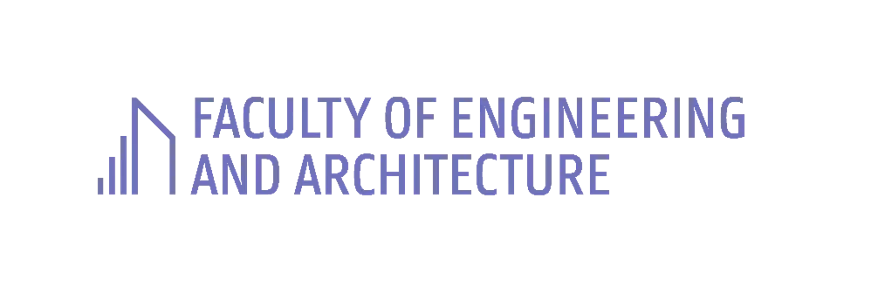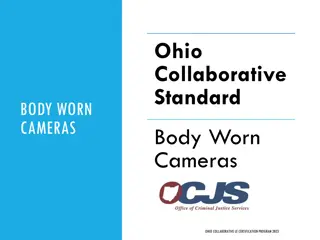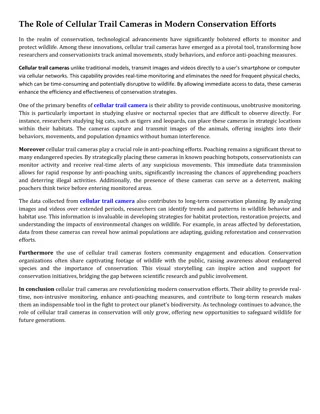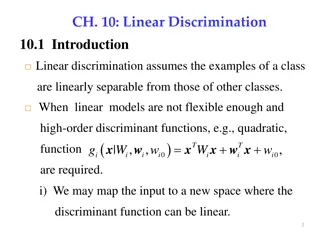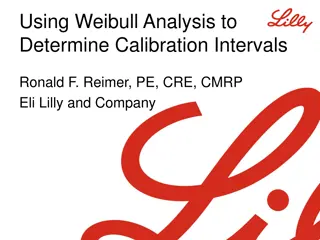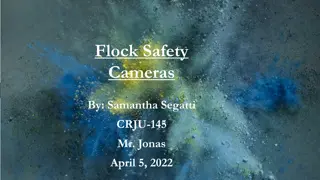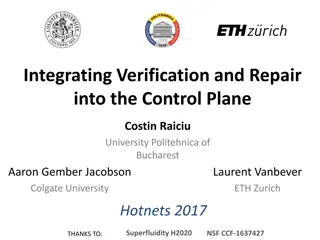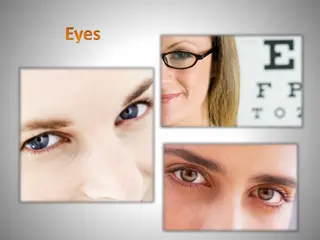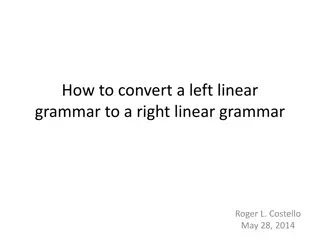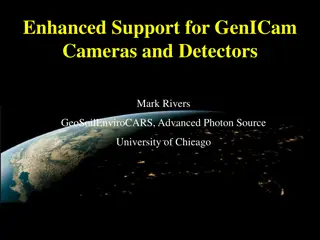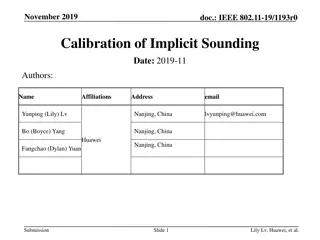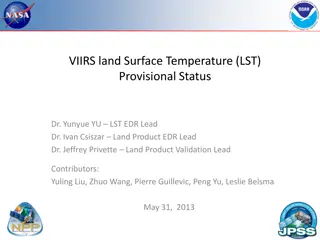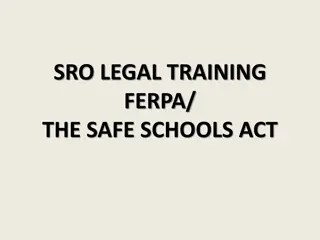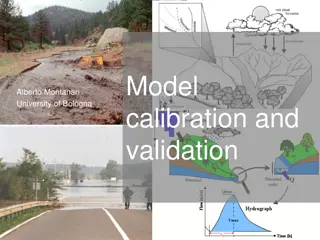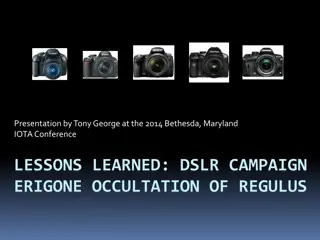Robust Plane-Based Calibration for Linear Cameras
The research group delves into the robust calibration methods for linear cameras, touching upon applications in satellite and hyperspectral imaging. Existing techniques are discussed, leading to the proposal of a new approach for calibration. The complexity of the camera model and homography-like matrix calculations are explored in detail.
Download Presentation

Please find below an Image/Link to download the presentation.
The content on the website is provided AS IS for your information and personal use only. It may not be sold, licensed, or shared on other websites without obtaining consent from the author.If you encounter any issues during the download, it is possible that the publisher has removed the file from their server.
You are allowed to download the files provided on this website for personal or commercial use, subject to the condition that they are used lawfully. All files are the property of their respective owners.
The content on the website is provided AS IS for your information and personal use only. It may not be sold, licensed, or shared on other websites without obtaining consent from the author.
E N D
Presentation Transcript
DEPARTMENT OF TELECOMMUNICATION AND INFORMATION PROCESSING RESEARCH GROUP IMAGE PROCESSING AND INTERPRETATION ROBUST PLANE-BASED CALIBRATION FOR LINEAR CAMERAS Simon Donn , ICIP 2017, 18/09/2017
PRESENTATION OVERVIEW Linear cameras and applications Existing work Proposed approach Experiments and results Conclusion 2
LINEAR CAMERAS Single sensor line Camera moving orthogonally to the sensor line (parallel to the image plane) 3
LINEAR CAMERAS Applications: satellite cameras - smaller (lighter) cameras - free linear movement 4
LINEAR CAMERAS Applications: hyperspectral cameras - 2D sensor grid: - wavelength (diffraction) - width - height through movement 5
LINEAR CAMERAS The camera model is given be ? ? 1 ? 0 0 0 ? 0 ?0 0 1 ? ?? ? ?? + ?0? ??? ? = nonlinearity ??! 6
EXISTING WORK Given the capture of a planar pattern ??,??,0? the projection from the Veronese mapping: ? ? 1 ?2 ?2 ?? ?11 ?12 ?1 0 0 0 ? ? 1 ?21?3+ ?31?2 ?31 ?22?3+ ?32?2 ?32 ?2?3 ?3 ?21?31 0 ?22?32 0 ?21?32+ ?22?31 0 ? 7
EXISTING WORK Given the capture of a planar pattern ??,??,0? yields a homography-like matrix H ? ? 1 ?2 ?2 ?? ? ? 1 ?2 ?2 ?? ? ? 1 = ? ?1 | ?2 ? 8
EXISTING WORK Multiplication with the skew matrix of each observation yields a homogeneous system in H Given the structure of H, Drareni et al. define: ? 0 ? ??0 11 12 ??,1 | ??,2 =??,3 0 0 25/ 32 32 24/ 31 31 ??????= ??,3 0 0 ?? 9
PROPOSED APPROACH However, this entails dividing by entries of the rotation matrix We propose using another alternative: ? 0 ? ??0 11 12 ??,1 | ??,2 =??,3 0 0 21 31 23 31 22 32 23 32 ??????= ??,3 0 0 ?? 10
PROPOSED APPROACH Our proposed formulation is theoretically equivalent but behaves much better near degenerate horizontal poses Using this factorization we can estimate ?,?,??,3 and ??. ? 0 ? ??0 11 12 ??,1 | ??,2 =??,3 0 0 21 31 23 31 22 32 23 32 ??????= ??,3 0 0 ?? 11
RESULTS AND EXPERIMENTS The result is not only a more robust method (applicable in our real experiments with a horizontal robot arm) But also a more accurate estimate! 12
RESULTS AND EXPERIMENTS Synthetic datasets: 13
RESULTS AND EXPERIMENTS Real experiments: those elements were always zero! Absolute error on 200 mm offsets: 1,19mm 14
CONCLUSION We formulate a more stable and robust estimation for the rotation matrix from the homography that does not entail dividing by elements of the rotation matrices. The result is a more accurate camera calibration that is robust to planar objects parallel to the image plane which do occur in practical set-ups. 15
Simon Donn PhD Student DEPARTMENT OF TELECOMMUNICATION AND INFORMATION PROCESSING IMAGE PROCESSING AND INTERPRETATION E T Simon.Donne@ugent.be +32 9 264 32 70 telin.ugent.be/~sdonn
